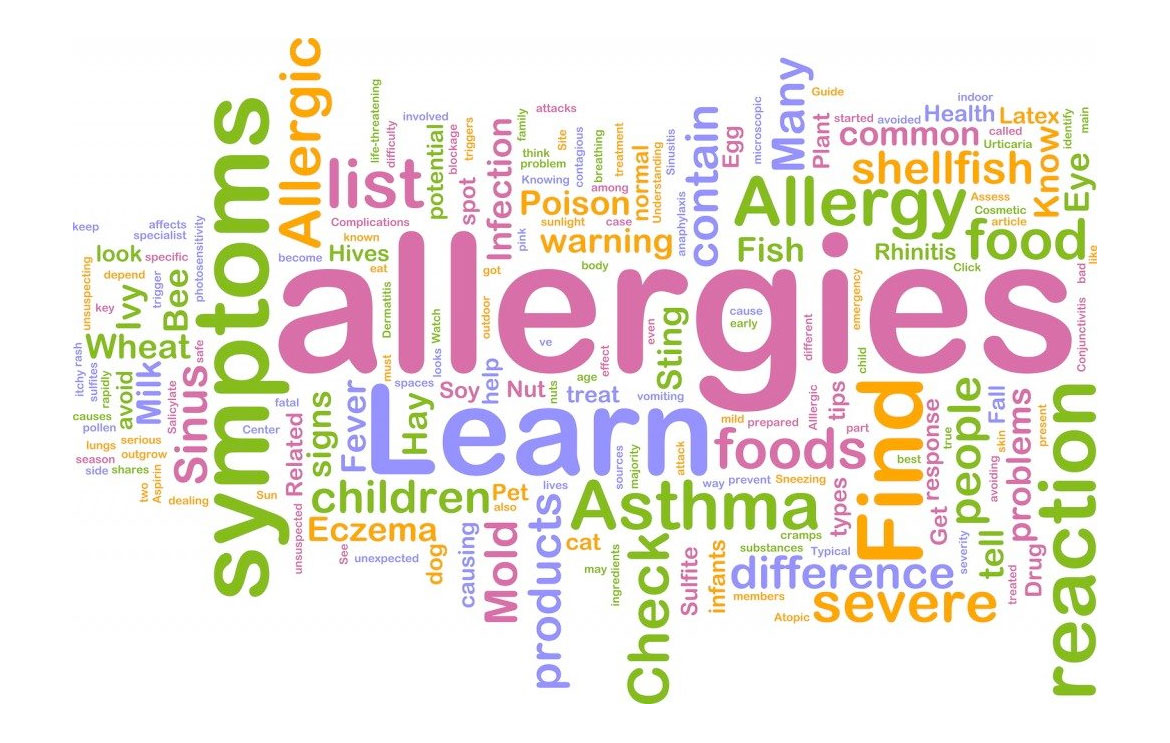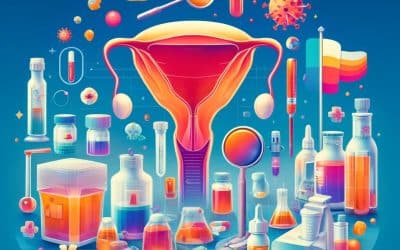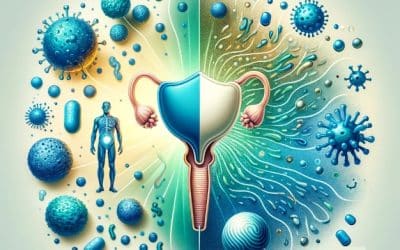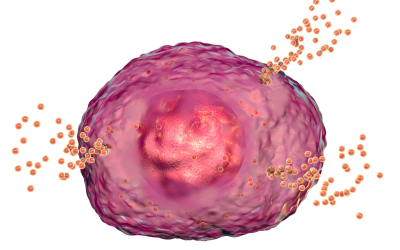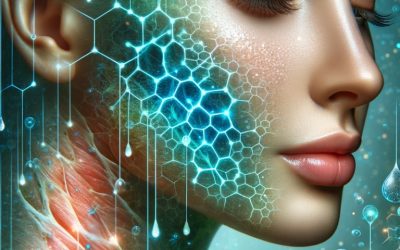I have been very interested in histamine and histamine intolerance from the time I was first diagnosed with IC and noticed that allergy medications helped me during flare-ups. It is well known that there is an involvement of mast cells and cystitis related pain. “Interstitial cystitis has been found in combination with some allergic or autoimmune disorders and histopathological abnormalities resembling allergic disorders, including mast cell activation, histamine release, and eosinophil infiltration” (Lee, Doggweiler-Wiygul, Kim, Hill, & Yoo, 2006). Clinical studies demonstrate elevated mast cell numbers in the lamina propria of IC bladder biopsies. This may explain why neuromodulatory therapies suggest are partially effective in IC therapies, as “neural-immune interactions play a role in IC pathogenesis” (Rudick, Bryce, Guichelaar, Berry, & Klumpp, 2008). Mast cells contain preformed stores of immune mediators, such as histamine and TNF, and can be activated to release these stores by neurotransmitters such as substance P, a polypeptide thought to be involved in the synaptic transmission of pain and other nerve impulses. It is hypothesized that the activation of bladder related circuits in the CNS initiate substance P by peripheral nerves in the bladder can promote mast cell activation, mediated by substance P (Rudick et al., 2008). The mast cells are thought to induce bladder inflammation by acting on the bladder epithelium (lining). Also, increased levels of urinary histamine metabolites have been detected in IC patients. This is thought to be due to the accumulation of mast cells in the lamina propria.
A role for histamine and histamine receptors in pain responses has been documented in both humans and animal models. “However, histamine can be derived from various cell types, including mast cells, basophils, and histaminergic neurons” (Rudick et al., 2008). More recently, inflammatory cells such as neutrophils and dendritic cells have been shown to produce histamine. In fact, it has been demonstrated in various clinical settings that antihistamine therapy improves IC-related pelvic pain, and the mechanism for this effect is unknown. However, it can be inferred that this is due to histamine activation. Irritable bowel syndrome (IBS) is another chronic condition that resembles IC in the characteristics of pathology. “In IBS, pain is correlated with activated colonic mucosal mast cells in proximity to nerves” (Rudick et al., 2008). In fact in IBS, colonic tissue extracts often reveal elevated histamine. These findings support the idea that mast cell histamine may mediate pain in multiple pelvic pain syndromes (Rudick et al., 2008).
With my clients, we have a test I run by Dunwoody that can test for histamine intolerance. This test will measure histamine levels, DAO (an enzyme that breaks down histamine), and DAO: histamine ratio. Classic symptoms of histamine intolerance include gas, high blood pressure, arrhythmia, nausea, hives, stomach ache, itching, cramps, headache, sneezing, dizziness, congestion, runny nose, shortness of breath, especially after meals containing histamine. Low DAO is also associated with the same symptoms along with inflammation, arthritis and certain neurological conditions such as MS. Low DAO is also associated with leaky gut and poor gut function and immunity. It can also be a trigger for depression and anxiety. Individuals with the inability to break down histamine seem to “react to everything” or seem to improve on anti-histamines. I have to mention that the low histamine diet, combined with DAO enzyme before meals, has been shown to be really helpful in managing IC pain related to mast cells. To really get on the road to healing and run some of the key functional tests, contact me at mandy@naturalhealthachiever.com so I can better guide you!
To learn more about healing form IC naturally, please visit our website: https://ichealer.com If you are looking for self healing, we recently launched our Self Healing IC Course featuring 10 hours of video designed to help you discover your root cause. Once you know your root cause, you can start your healing journey. To find out more information about our exciting new course, please find the information below:
Here is the link to preview the course: https://ichealer.com/online-course/
Here is the Podia Course Page: https://ichealer.podia.com/course
The first module is totally FREE. You have nothing to lose and everything to gain. For more insightful videos on these burning topics, simply subscribe to this page so you can be notified of up to date information.
Join us on Facebook https://www.facebook.com/IC-Healer-103255207780907/
Instagram https://www.instagram.com/ichealerofficial/
Twitter https://twitter.com/ic_healer
References:
Lee, J., Doggweiler-Wiygul, R., Kim, S., Hill, B. D., & Yoo, T. J. (2006). Is interstitial cystitis an allergic disorder?: A case of interstitial cystitis treated successfully with anti-IgE. Int J Urol, 13(5), 631-634. doi:10.1111/j.1442-2042.2006.01373.x
Rudick, C. N., Bryce, P. J., Guichelaar, L. A., Berry, R. E., & Klumpp, D. J. (2008). Mast cell-derived histamine mediates cystitis pain. PLoS ONE, 3(5), e2096. doi:10.1371/journal.pone.0002096

